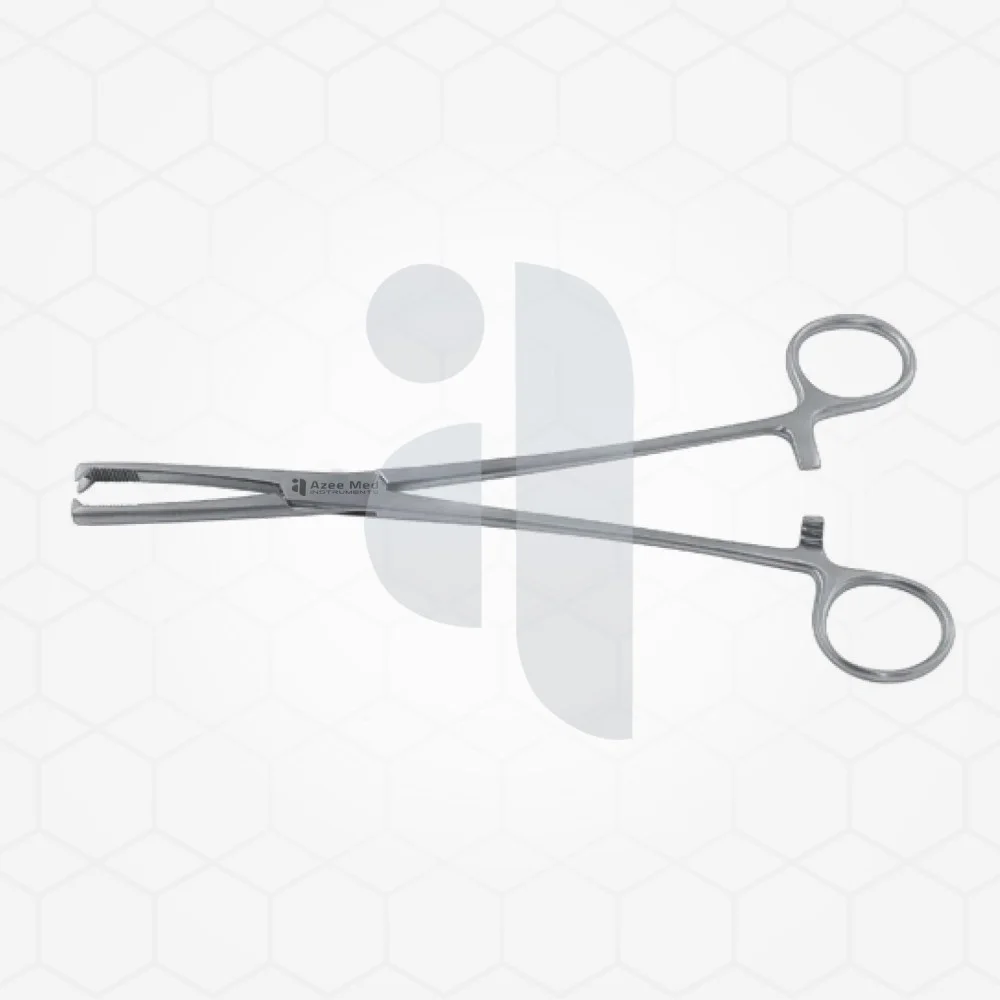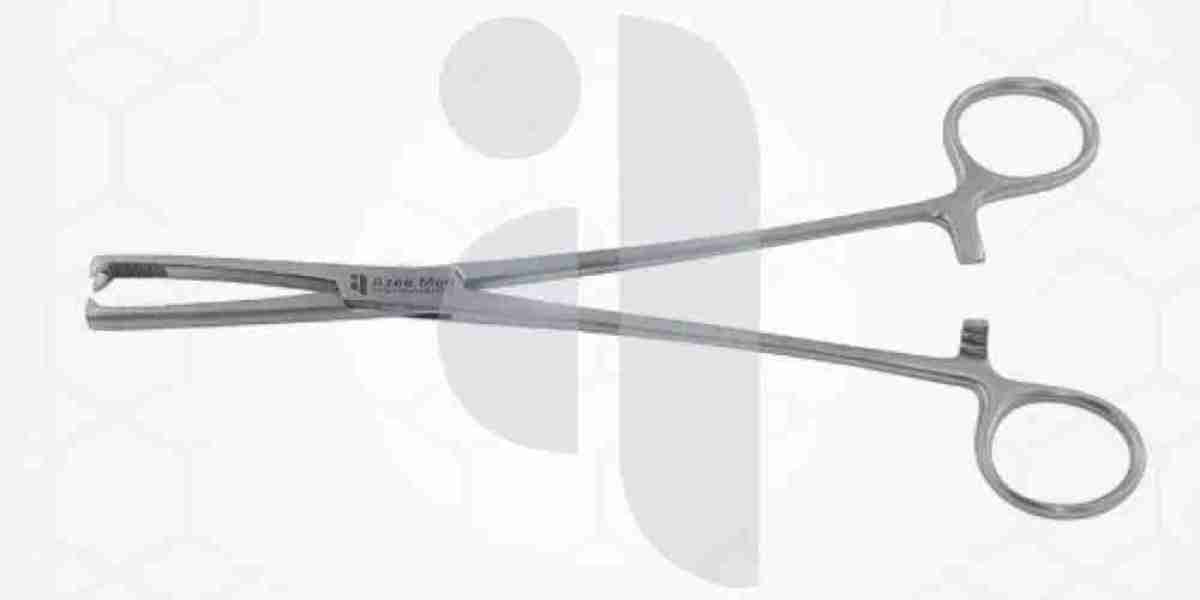In the precise world of surgical procedures, having the right instrument for the job is not just a matter of convenience; it's a critical component of a successful outcome. For medical professionals, understanding the subtle yet significant differences between tools is essential. This is particularly true when comparing instruments like the Allis forceps and the tenaculum. While both are used for grasping tissue, their design, function, and ideal applications vary considerably. This guide will explore the key distinctions in the allis forceps vs tenaculum debate, helping you make informed decisions for your practice.

Understanding the Core Function of Grasping Instruments
Grasping and holding tissue securely is a fundamental requirement in nearly every surgical specialty, from gynecology to general surgery. The ability to manipulate tissue without causing unnecessary trauma is paramount. Adlercreutz Dissecting Forcep designed for this purpose must offer a firm grip while minimizing damage to delicate structures. The choice of instrument depends on the type of tissue, the amount of force required, and the specific objective of the procedure. At Azeemed Instruments, we recognize this need for precision and are dedicated to providing high-quality surgical tools that meet the exacting standards of medical professionals.
What is an Allis Forceps?
An Allis forceps is a surgical instrument with sharp, interlocking teeth designed for grasping and holding tissue firmly. The tips of the forceps curve inward and feature a row of small teeth that provide a secure grip on tougher, more fibrous tissues. This design makes it an excellent tool for holding fascia, tendons, or other dense connective tissues that might slip from the grasp of a less aggressive instrument.
However, the very feature that gives the Allis forceps its strength—the sharp teeth—also makes it potentially traumatic. For this reason, it is typically used on tissues that will be removed during the procedure or on tissues that are resilient enough to withstand the pressure without being permanently damaged. Surgeons value the Allis forceps for its reliable hold, which prevents tissue from slipping during dissection or retraction. The debate over allis forceps vs tenaculum often centers on the level of tissue trauma each instrument may cause.
What is a Tenaculum?
A tenaculum is a slender, hook-like instrument, often with one or more sharp points at the tip. Its primary function is to seize and hold tissue, most commonly the cervix during gynecological procedures like IUD insertion, endometrial biopsy, or colposcopy. The sharp point penetrates the tissue slightly, providing a stable anchor point for manipulation or stabilization.
Unlike the crushing action of some forceps, the tenaculum pierces the tissue, which can be less traumatic overall, depending on the application. The singular point of contact concentrates the holding force, allowing for precise control. This focused grip is essential when stabilizing a mobile organ like the cervix. The choice between an allis forceps vs tenaculum often comes down to whether a piercing or a broader grasping action is more appropriate for the specific tissue and procedural goal.
Key Differences: Allis Forceps vs Tenaculum
The fundamental difference lies in their tips and the mechanism of action. The Allis forceps uses a jaw with multiple interlocking teeth to grasp a wider area of tissue, distributing pressure across that surface. In contrast, the tenaculum uses a sharp, pointed hook to pierce and secure a specific point. This distinction dictates their best uses. An Allis forceps is better suited for holding and retracting robust tissues, while a tenaculum excels at stabilizing or manipulating organs by providing a fixed anchor point.
Another key consideration in the allis forceps vs tenaculum comparison is the potential for tissue injury. The crushing action of the Allis forceps can cause more extensive surface trauma, whereas the tenaculum creates a small puncture wound. The selection depends on which type of trauma is more acceptable for the given anatomical location and whether the tissue will be excised.
Choosing the Right Instrument for the Procedure
Selecting the correct instrument is a decision guided by surgical training, experience, and the specific needs of the patient and procedure. For gynecological applications, a tenaculum is often the standard for stabilizing the cervix. In general surgery, an Allis forceps might be used to retract skin flaps or hold dense fascia out of the surgical field.
Ultimately, having both instruments available allows for greater versatility in the operating room. A surgeon might even use both within the same procedure for different tasks. The ongoing discussion of allis forceps vs tenaculum highlights the importance of a well-stocked and diverse surgical toolkit. Azeemed Instruments is committed to equipping professionals with meticulously crafted tools, ensuring you have the reliable and precise instruments required to perform at your best and deliver exceptional patient care.





